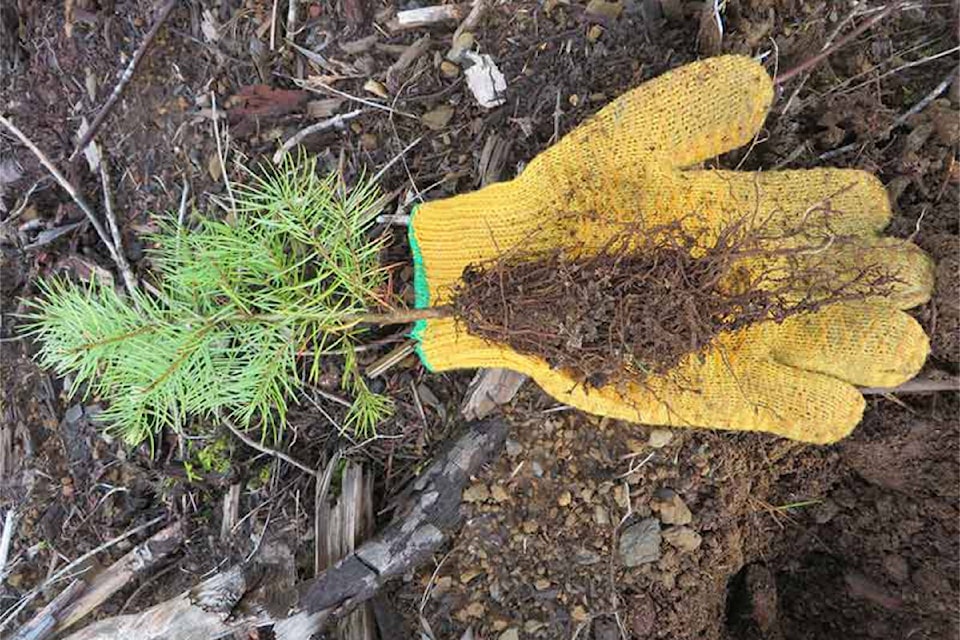Are you aware that a three-way partnership exists — between Yale First Nation, the District of Hope, and the Fraser Regional District — dedicated to forest maintenance and community growth?
If you answered no, you’re not alone — the Cascade Lower Canyon Community Forest (CLCCF) is aware not everyone in Hope knows about them. But they’re hoping to spread the word about who they are, what they do, and just how dedicated they are to the community.
“The CLCCF is an actual licensee. In technical terms, the licensee is what holds the forest tenure. And the CLCCF is a community forest tenure,” says Matt Wealick, the general manager of CLCCF and a forest ranger from Tzeachten First Nation. “We’re responsible for everything that happens underneath [the licensee]. So, everything from the planning and design and where the cut blocks go… the logging, the marketing of the wood that gets sold, and then re-planting for every cut block that we log.”
Wealick says that, despite logging being a big part of what they do, CLCCF is not a logging company. Instead, CLCCF is an organization that maintains and looks after approximately 26,000 hectares of forest land between the District of Hope, Yale First Nation, and the Fraser Valley Regional District. Started in 2007, they are part of community forestry — an evolving branch, and subsection, of forestry where decision making and revenue is kept within the local community. Money generated through the CLCCF stays in the communities of District of Hope, Yale First Nation, and the Fraser Valley Regional District. They create local jobs (and hire locally), revenue is brought back to the community, and decisions are made with the community in mind.
“We have different partnerships, with different groups, to help facilitate all those [our] different processes,” says Wealick. “With regards to planning, we work with a company called Chartwell Consultants.”
All the profit goes to the three partners who then invest it back into their communities.
John Mason, one of the directors for CLCCF, says that the Hope community is a core focus of their organization’s mission — and they’re big on being involved in the community. In fact, some of the events and projects CLCCF have been involved in recently include: supplying wood for Hope Brigade Days’ chainsaw events, funding the Hope Community Garden gazebo, planting 300 cedar seedlings with elementary students,
“It’s good to be able to give funds to the partners,” says Mason. “What the town does is, they get different groups [from the community] to put in forms to access that money… the town is very careful with what it does. And the Regional District is supposed to do the same thing. And Yale First Nation can basically use [the money] for what they want.”
Their other focus is on land stewardship and harvesting wood in a sustainable manner that considers “both the timber and non-timber values throughout the forest.” Re-planting, sustainable harvesting, and protection of biodiversity and ecosystems within the forest, are part of CLCCF’s forest stewardship objectives — which is something CLCCF looks at when making decisions. This also includes keeping Indigenous worldviews and practices in the forefront.
“We’ve included First Nations cultural values in the calculation of our annual level cut. [We] try to make sure that we’ve inserted First Nation values from the ground up. All other things are also considered but that is a big one, just because of the pressure currently on First Nations right now. So, we tried to make it easier.”
To find out more about CLCCF, and what they do, visit their page at www.clccf.ca/governance.
READ MORE: District of Hope receives $150,000 from Community Forest project
@KemoneMoodley
kemone.moodley@hopestandard.com
Like us on Facebook and follow us on Twitter.
